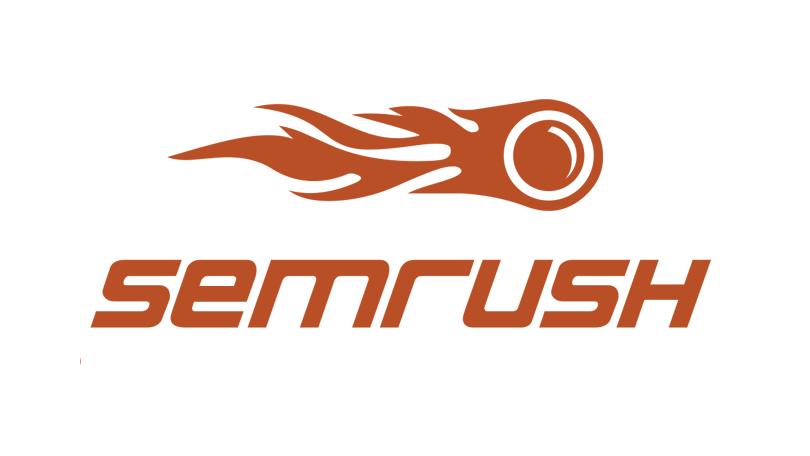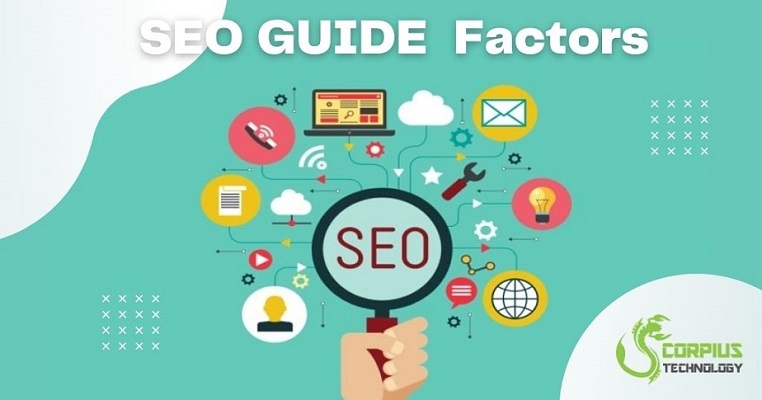SEMrush is undoubtedly the number #1 SEM tool in the market and the most effective tool to analyze the competition. In this article, we will explain step by step guide on how this SEO tool works in order to carry out a complete study on the level of SEO, SEM and social media of our direct competitors. Let’s dive more into SEMrush review 2019 guide.
SEMRush is software for SEO positioning or a platform integrated by a set of tools for SEO and SEM auditing, created in 2008 by Oleg Shchegolev and Dmitry Melnikov.
Do you want to learn to analyze your competition like a professional and discover everything you do up to unsuspected limits?
Let’s dive into this SEMrush review 2019 guide.
SEMrush has been evolving a lot and comes with a lot of very interesting features. Although if I had to highlight its main strength it would be that it is the best SEM tool to analyze the SEM (paid) traffic of the competition.
Another good thing about SEMrush is that it is quite intuitive and easy to use even if you start from scratch.
It has a free version with no time limit, as it happens with other tools, although logically its most advanced functions are paid. The information that gives you the free version may fall short.
Why it is important to analyze the competition?
Carrying out a good analysis of the competition, that is, knowing what our competition is doing on the Internet is fundamental for an SEO strategy.
If we know what our competition does well or badly, we can take note and draw conclusions to improve our own SEO strategies and online marketing in general.
Semrush gives us a lot of very useful information that we can take advantage of.
From knowing the organic traffic of our competitors to what are the keywords that are taking more traffic (organic and paid), how they change their positions for different keywords, their profile of incoming links and much more.
With all this information we can obtain some valuable conclusions that will help us to spin much finer with our own SEO actions.
In addition, Semrush allows us to export the data and download a lot of reports so we can have all the information well organized.
But let’s go step by step.
Because SEMrush has a lot of features, some of them very new and it’s interesting to know them all so you can get the most out of it.
What SEMrush allows you to analyze?
SEMrush allows you to know much more about your competition that you ever imagine. With this SEM tool you can get various things:
- Study thoroughly all your competitors
- Analyze backlinks and optimize linkbuilding actions.
- Know which keywords will work best for your blog and detect the number of monthly searches for those words with surprising accuracy.
- Decide if a certain business has a future in the digital domain or not.
- Do a review of your main keywords and assess if your SEO strategy is working or you need to make changes.
SEMRush will mainly allow you:
- Do audits to your own site: Analyzing its evolution and providing the opportunity to detect points of improvement at the SEO level.
- Optimize the use of keywords. Your search volume and real competition.
- Analyze the competition: Your growth, your content strategy, organic traffic, Google Adwords advertising, among others.
- Evaluate the Linkbuilding: both your own sites and those that you consider as direct competition. Orient towards the detection of potential niches and long tail type positioning
Main features of SEMrush
Below we summarize the main utilities of SEMrush:
- How to research keywords
It is clear that to research a keyword you can use the adwords tool, but believe me; this tool is far from offering results as complete as those offered by SEMrush.
The visualization of the results is very simple; you only have to select the country in which you want to perform the analysis.
Once the keyword is entered, the tool offers you what the CPC is, the competition, and everything in a really visual numerical relation.
- The keys to the analysis of a domain
With this option, we can find out what are all the domain pages that we are analyzing are positioned among the 100 best organic results of Google.
As in all other options, this information can be obtained from our own domain or from any other we want to “spy”.
In addition to the URLs of these pages, SEMrush also gives us with information on the percentage of estimated organic traffic on each page and the keywords from which that traffic comes from.
- Analyze own and competitive backlinks
With the tool you will get a generic view of the link profile, but you will also get to see the best “anchor text” that points to a specific domain and the reference IPs.
In addition, we can compare the backlinks of different domains.
- Domain vs Domain
This is definitely one of the most interesting functions of the tool. With this utility, you will be able to see the common keywords of up to 5 domains, and most importantly, the ranking of each keyword in a comparison of the 5 domains analyzed.
- The SEMrush API
To use the SEMrush API, it is necessary to access through the link, but is only available for Business users.
This is an alphanumeric code of 32 characters that we will have to include in all requests to the API.
From the SEMRush API we will be able to access data related to domains, keywords or what they call Analytics API; But also to the data related to our projects and SEMRush account.
The best thing is that the API returns data in CSV format unlike other tool where you can do in XML or JSON format.
As we see, once again SEMrush is a 100% optimized tool, even at API level.
Final Words
As you may have seen, SEMrush is a really a deep SEM tool with unimaginable capabilities when it comes to analyzing your competition on the Internet.
We hope you like our SEMrush review 2019 guide. Don’t forget to share on your social media accounts 🙂
Explore More Here: Visit Official website: SEMrush










